Welcome (back) to Unit 1, after a month of diving into our collaborative project in Unit 2.
In this phase of Unit 1, our cohort begin paving the way toward our future independent research project through Project 3: “The Change I Want to See.” At this point, we’ve started to narrow down our uncertainties and have identified a specific area of interest, something closely tied to our personal agency, stakeholders and our drive to make a change in the world.
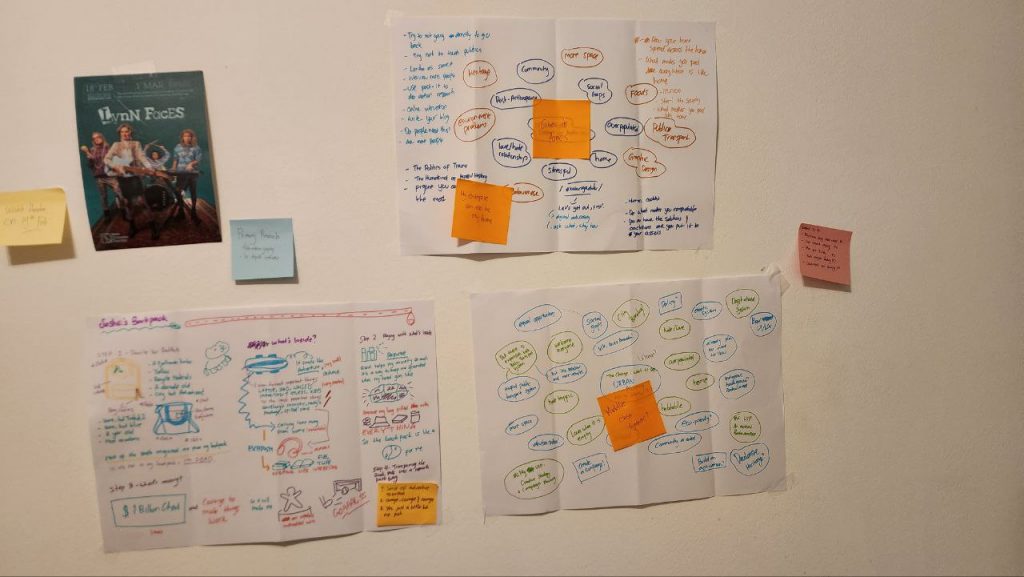
The word “change” itself feels frightening, well at least for me, not just because this is a summative project that will be graded (albeit that’s certainly part of it), but more so because of the weight of responsibility it carries. As someone who’s received government funding, that sense of duty feels even more amplified. However, Cecilla, my tutor, told me to weigh it down and not seeing this as a responsibility but instead see this as a “calling”. Hence, I began to unpack my box of uncertainties to find my calling again.
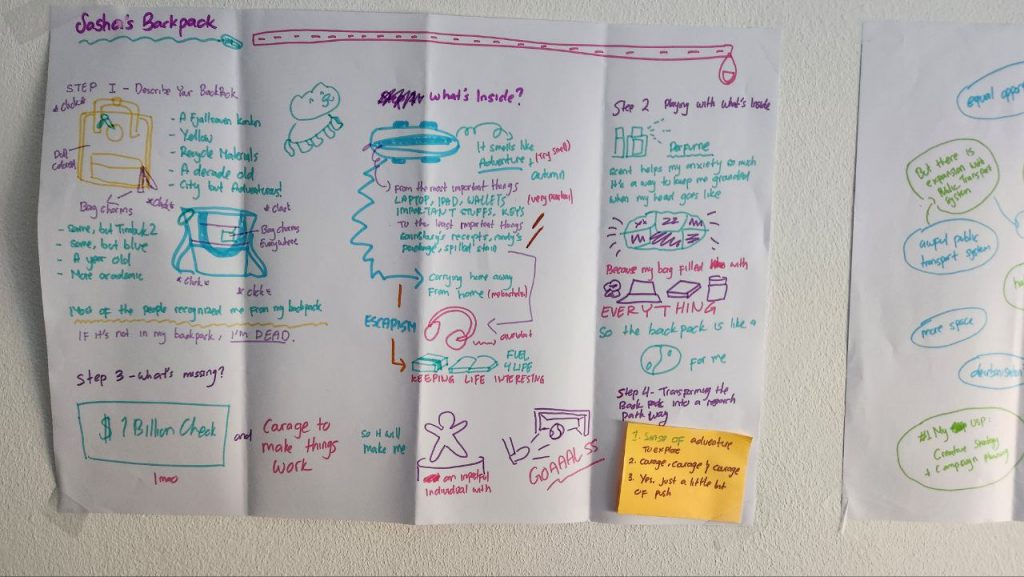
The Backpack
Looking back at what I wrote during “What’s Inside My Backpack” workshop honestly made me laugh. I might’ve taken the prompt a bit too literally—thinking about my actual backpack, that’s why I actually drawing my own backpacks. However, a few months before coming to London, I swapped out my trusty, 8-year-old Kånken for a minimalist Timbuk2. At first glance, not much seemed different: both are attached with colorful bag charms and packed with everything I need. But the change actually reflects something deeper—a quiet transformation in myself. Letting go of my old backpack, a symbol of comfort and familiarity, was my way of stepping out of my comfort zone and embracing something new.
Nonetheless, my backpacks have always carried more than just belongings—they carry stories, like a perfume to receipts that filled with memories, silently witnessing every step of my journey. They’ve seen how far I’ve come in facing my fears and how much I’ve grown into a different version of myself. So while they may hold my fears, hopes, and dreams, they also hold the quiet proof of my courage—the kind that keeps showing up, no matter how heavy the load.
My First Inquiry
Going back, I realize that my real “Box of Uncertainties” has always been my scholarship essay, the heaviest load I’ve been carrying in my backpack. In that essay, I wrote about how creativity and design can bridge the gap between various sectors; from art to economy. But beyond that, I questioned how creative thinking could contribute to something bigger: to sustainability, to making people feel safer and more comfortable, or simply put, to creating a better world.

On the other hand, in my “Box of Uncertainties” project, everything I placed inside was tied to a common thread: the anxious generation. We live under immense pressure, facing external forces, uncertainty about the future, and unresolved anxieties from the past. In Indonesia, for example, the hashtag #KaburAjaDulu (“Just run away first”) has become popular among young people, especially after the government’s inability to lead effectively following the recent presidential election, which leads to failing in many aspects in the country. Moreover, only 15% of Indonesian youth feel optimistic about the country’s political direction. This reflects a growing sense of a loss of hope in seeing their home as a place of belonging.
In the slice between anxiety and power, there is something called counterfactual thinking—the psychological process of imagining alternative outcomes to events that have already happened. This could also be a reason of why the Indonesia youth are possibly wanting to fleet away, at least temporarily, from the country. Instead of being in the frightening circumstances, they’d rather leave home in search of better possibilities, distancing themselves from what they fear might happen.
The Mapping of Change
Connecting my role as a creative practitioner, the struggles of this anxious generation and the vision of a better future, a hypothesis began to form: what if we could make cities or a place feel like home again? What if creative thinking could help transform fear into familiarity, and uncertainty into a sense of belonging?
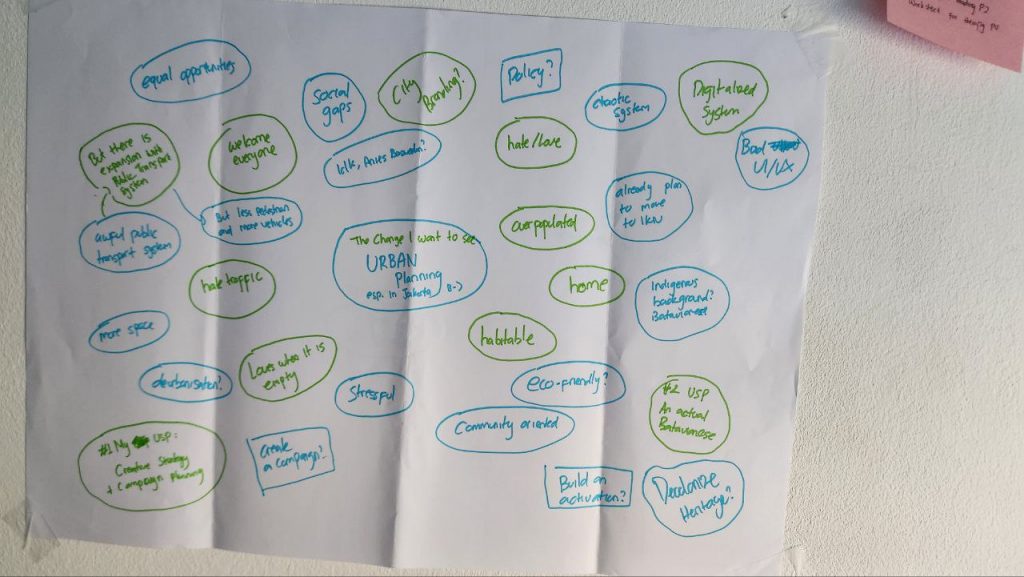
I began exploring ways to bridge these gaps by delving into urbanism, aiming to better understand how people interact with their environments or envision alternative lives through a different city, career, or identity. My focus on urban areas stems from having spent all 27 years of my life in city neighborhoods—from Jakarta to London, urban living has always been my reality.
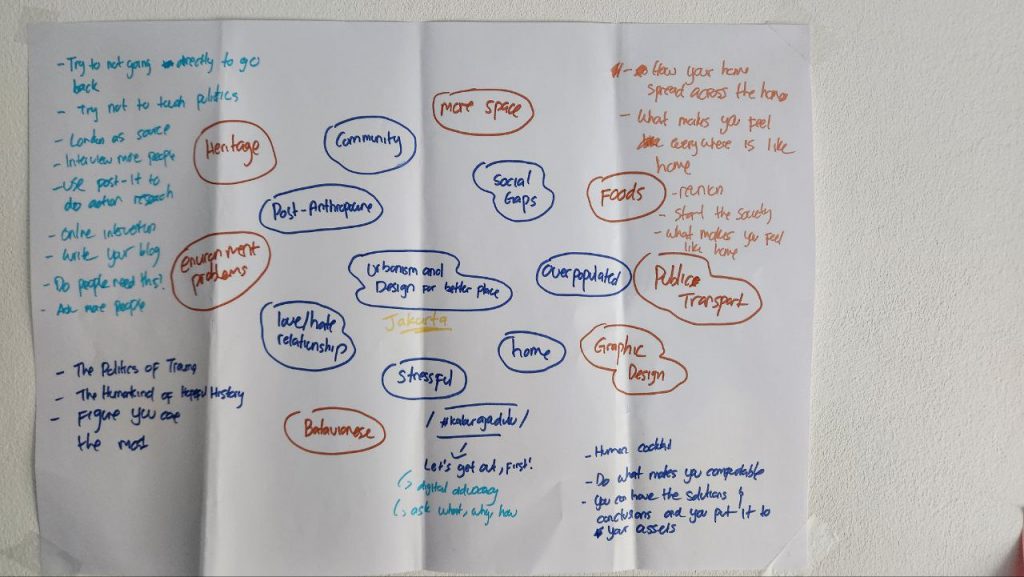
Then I develop the idea further using the mind map from “Mapping The Change” layout to map out keywords, key texts and key thinkers that surrounds this topic idea. However, I feel like these words are to shallow and very broad to be narrowed down into a single topic. Thus, I keep on changing the key words back and forth to actually dissect what a better home we could imagine, and what problems should we be prioritised first. I realized that there are so many complex problems that happening in the city, especially in Jakarta, whereas it can’t all be fixed with just a simple hope.
But hope can be a spark to show a courage, a leap to somewhere than where we are now. Eventhough, the connotation of courage, according to Hannah Arendt, now feel to be an indispensable quality of the hero, is in fact already present in a willingness to act and speak at all, to insert one’s self into the world and begin a story of one’s own. And courage can be simply risking yourself to get off of your comfort zone.
During the alumni session, I was inspired and empowered by the alumni who were encouraging me to directly take an action research to justify the topic I would like to emphasize. Because of them, I tried make a courageous move to made an intervention on my TikTok to target the people who move away from home using one day paid targeting, by asking them on what they miss the most about home.
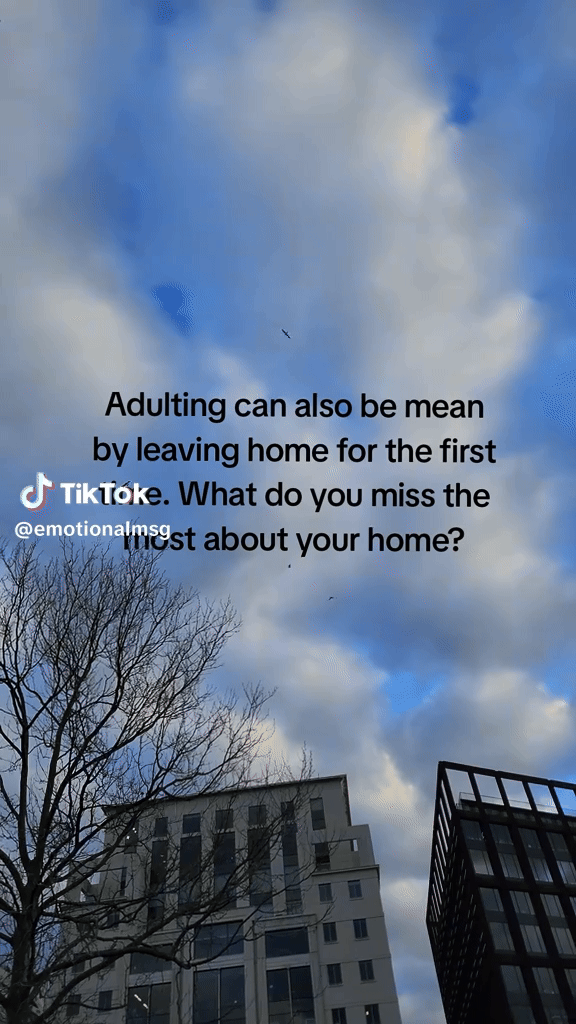
The result was not really satisfying, in two days only 3 people comments out of 890 viewers to date.

On a surface level, the two audiences answered that what they miss the most are the sentimental elements in their home; the area and the loved ones. Which almost similar to what I have encountered. However, this might not giving the best justification about the problems, thus, the questions and the intervention may need to be adjusted into more narrowed topic afterwards.
Evaluation
In this part of discovery, I might already have the direction to where I’m heading to but still stuck in the intersection between reality and things I wanted to see. I know that I want to use my expertise and concern in the creative economy as a tool to see changes in improving people’s live. But how will I achieve it in the middle of the uncertainty of my country is the challenge. Therefore, I will say that this will be a long discovery to address my calling and this is going to have a part 2 in it.
Leave a Reply